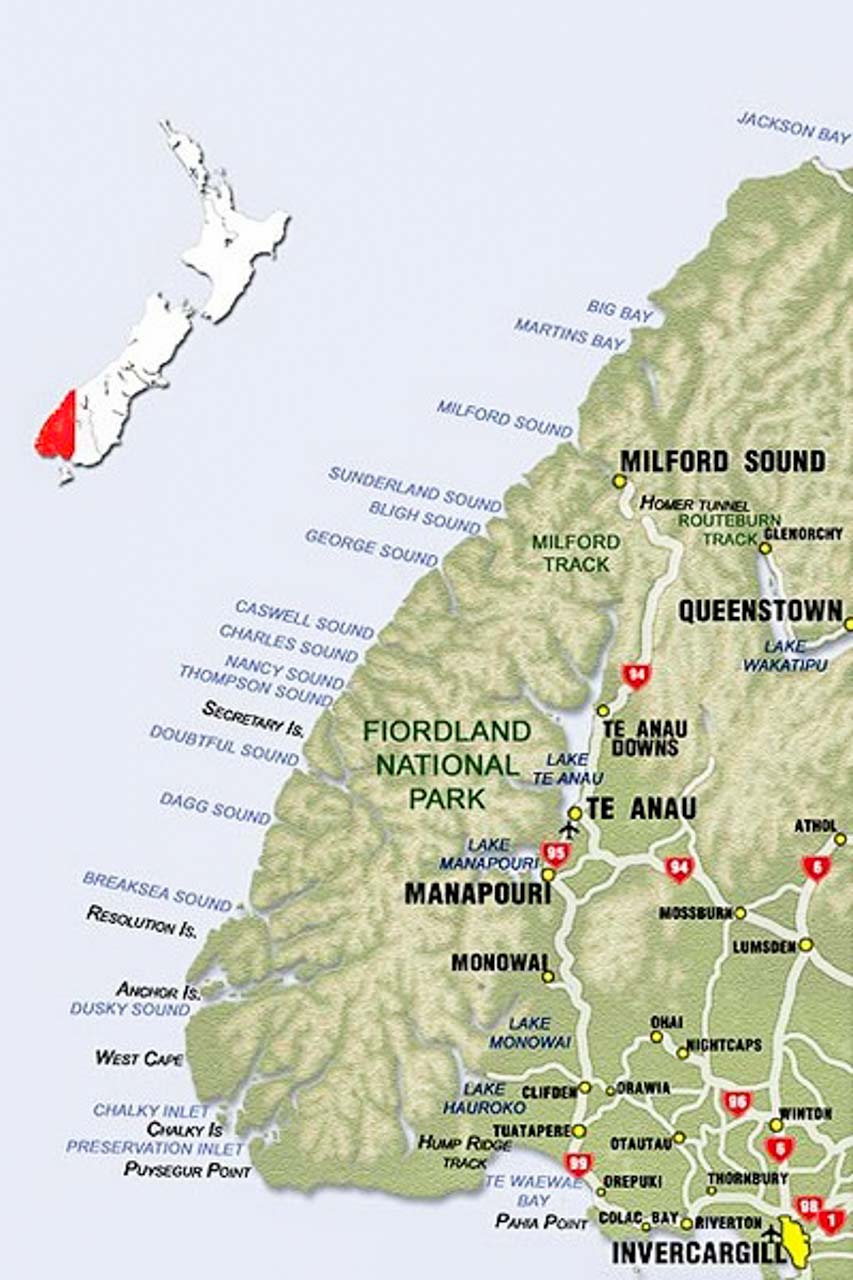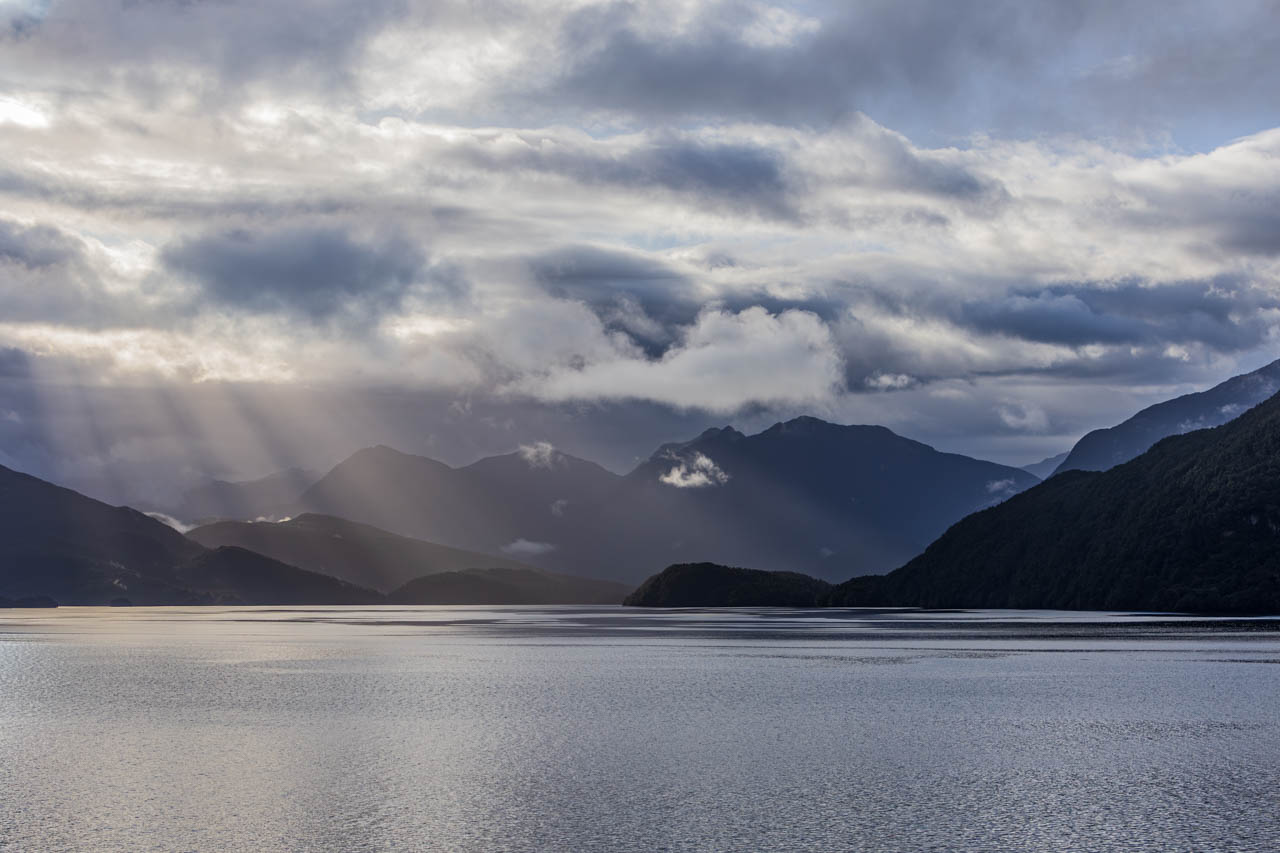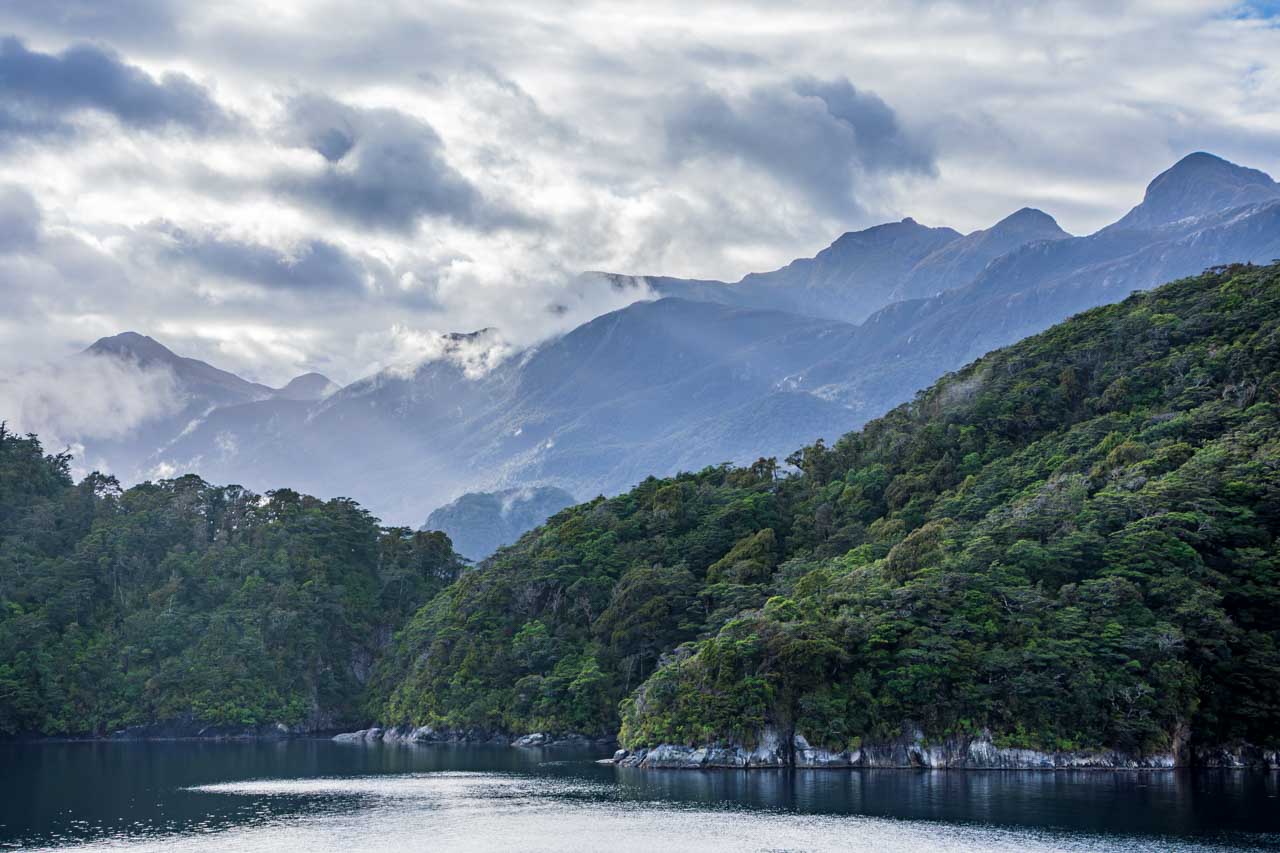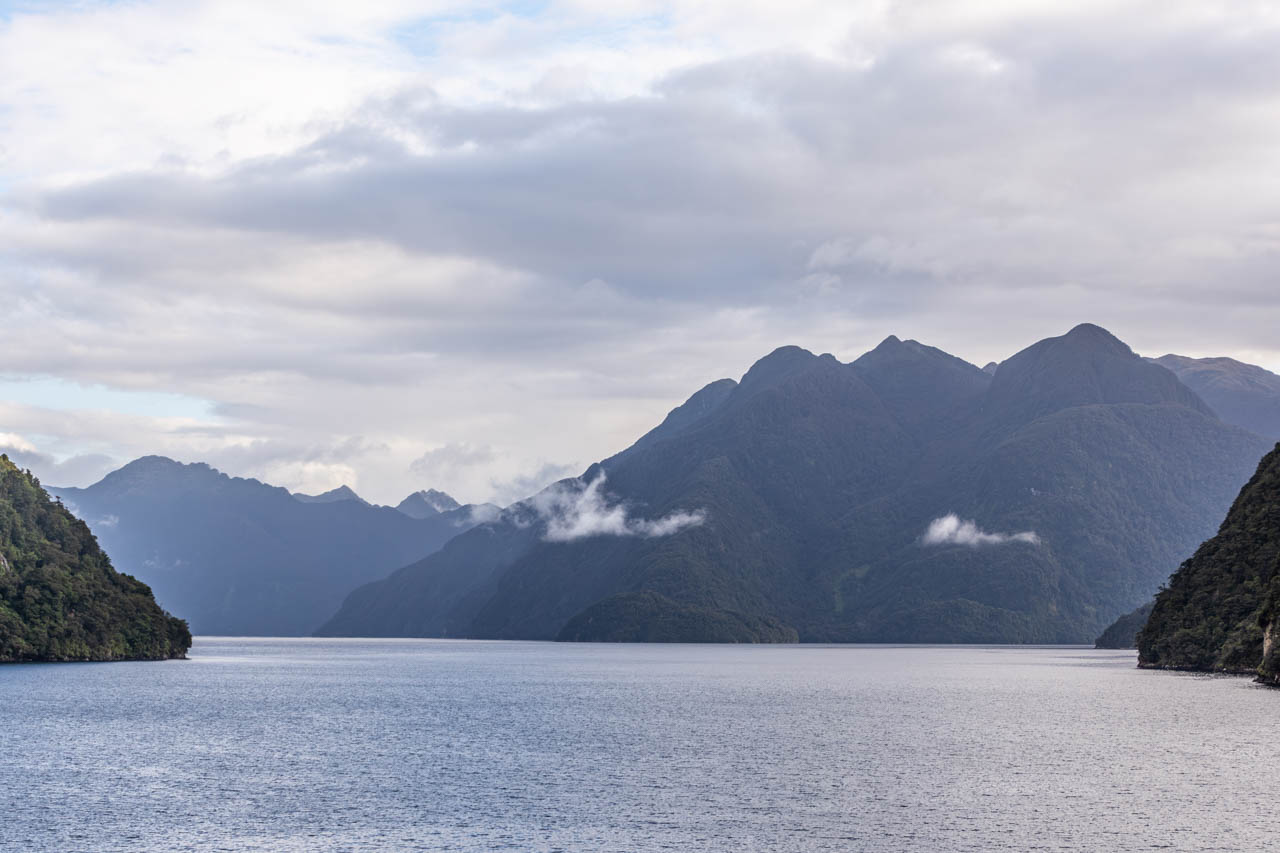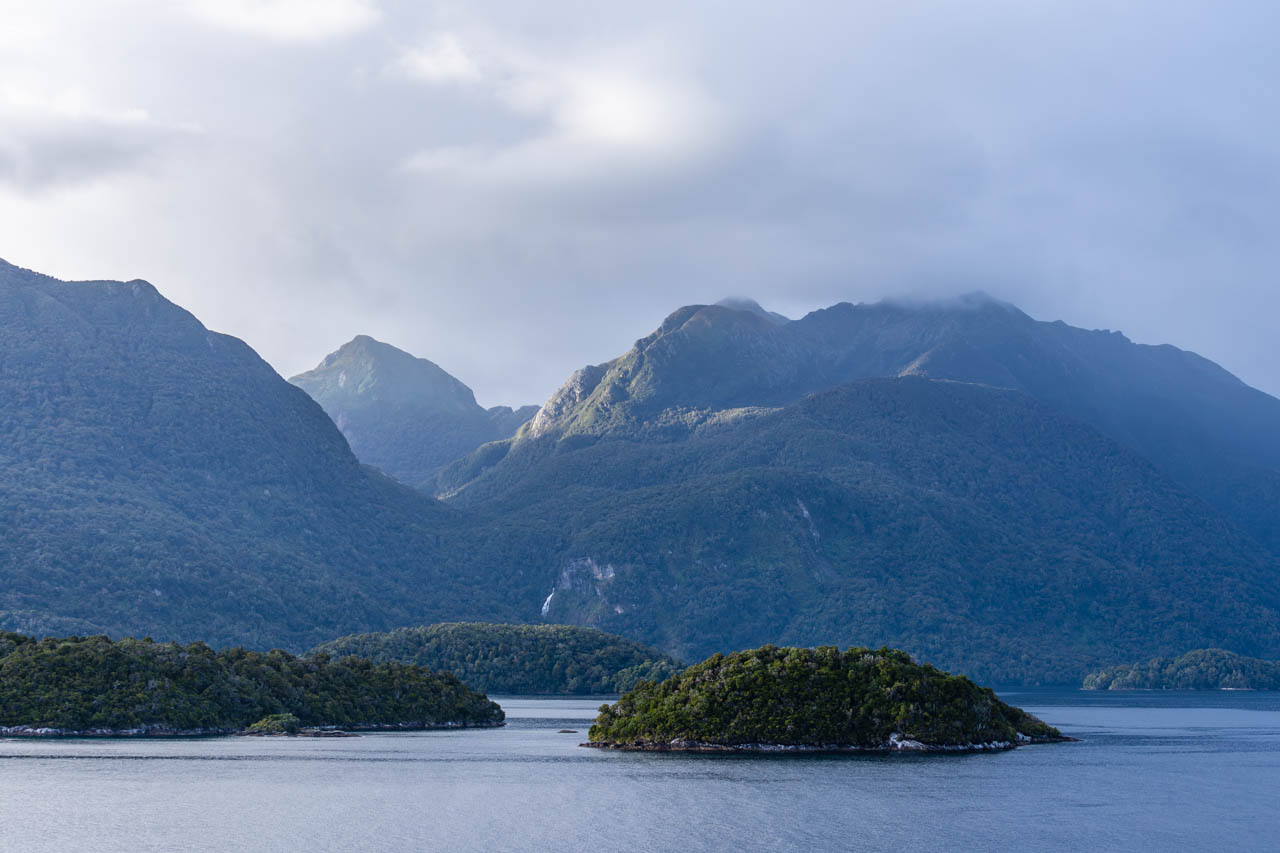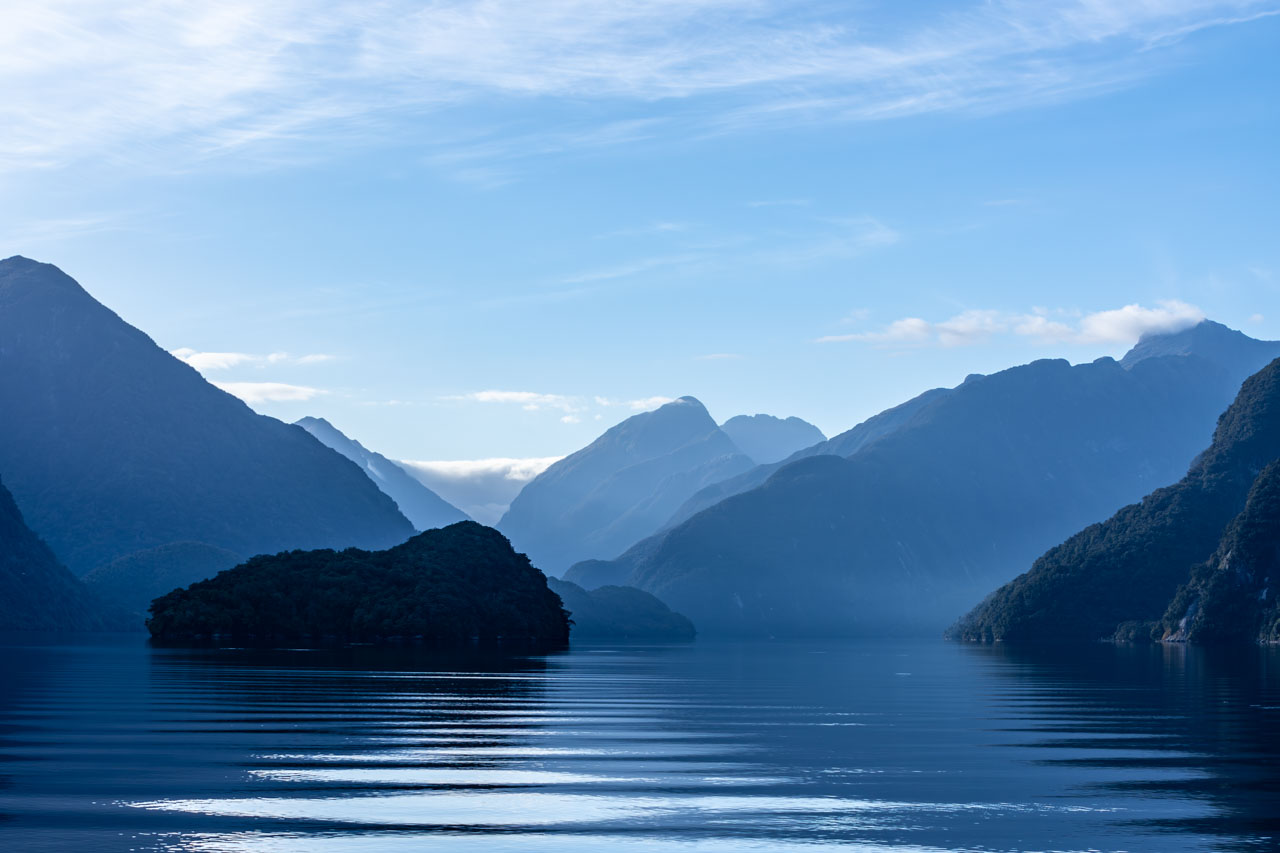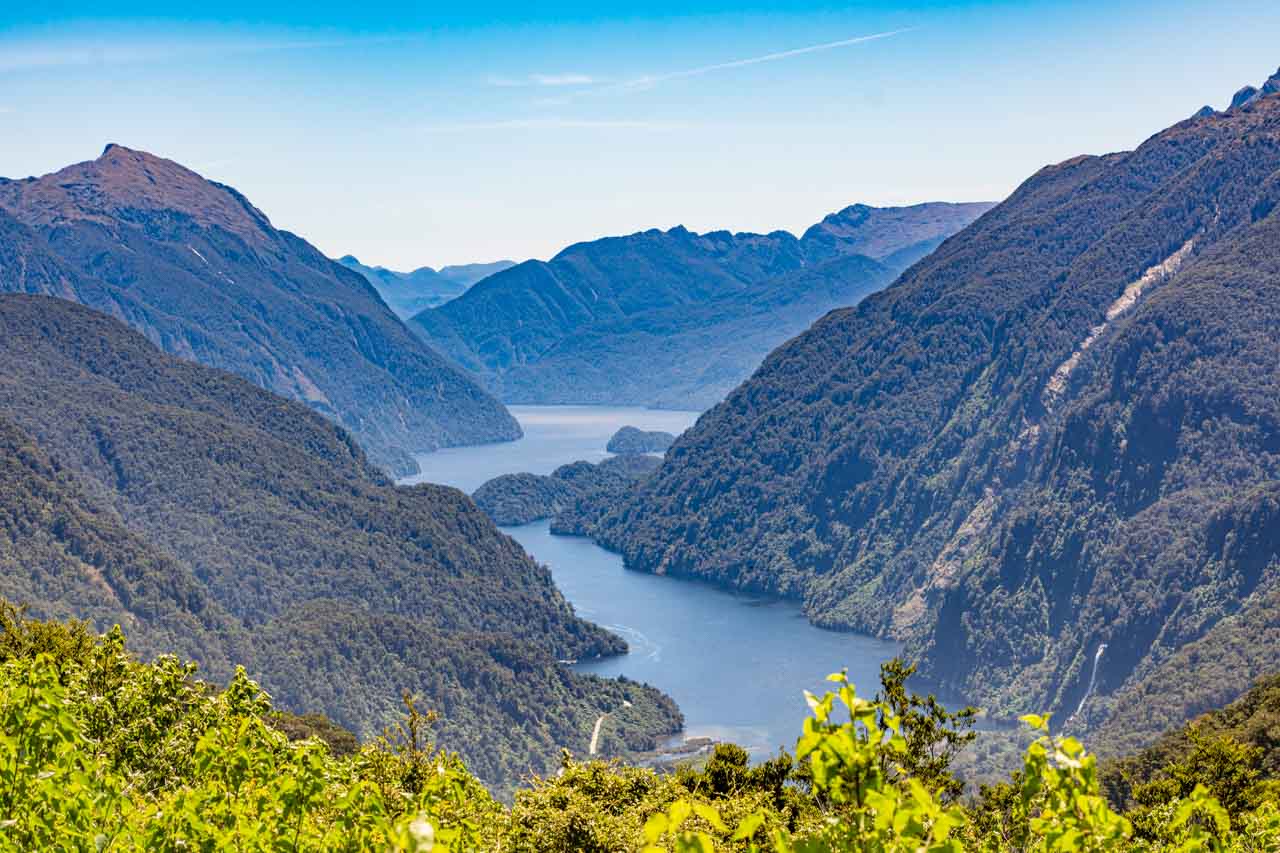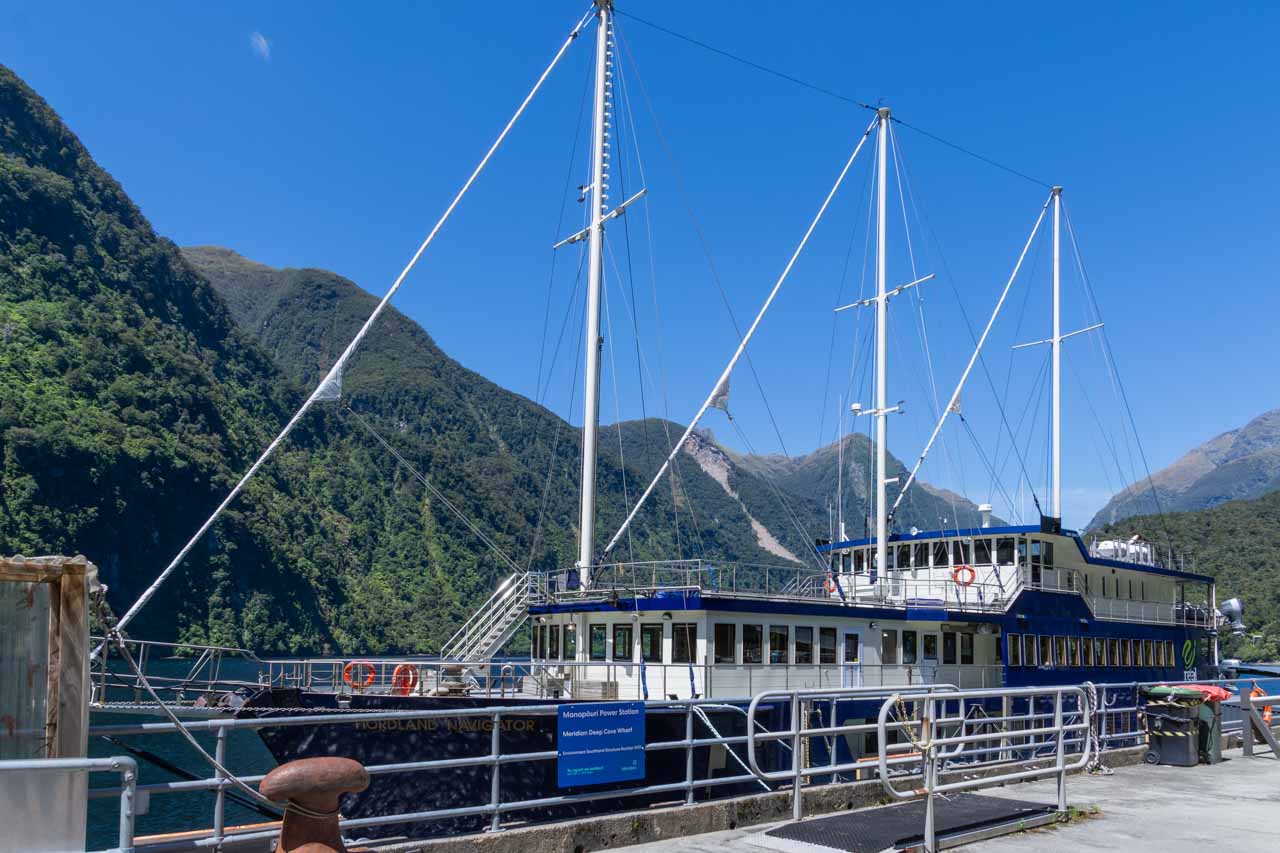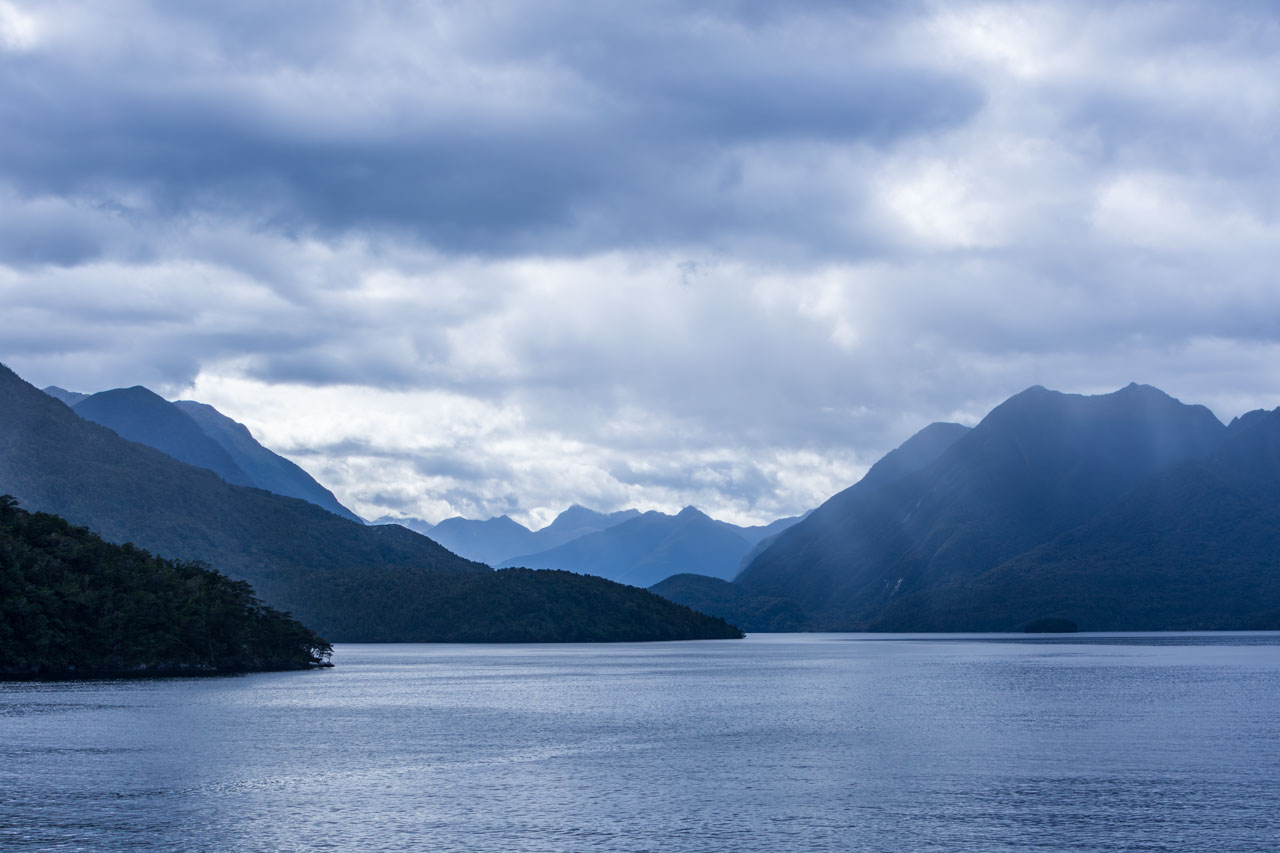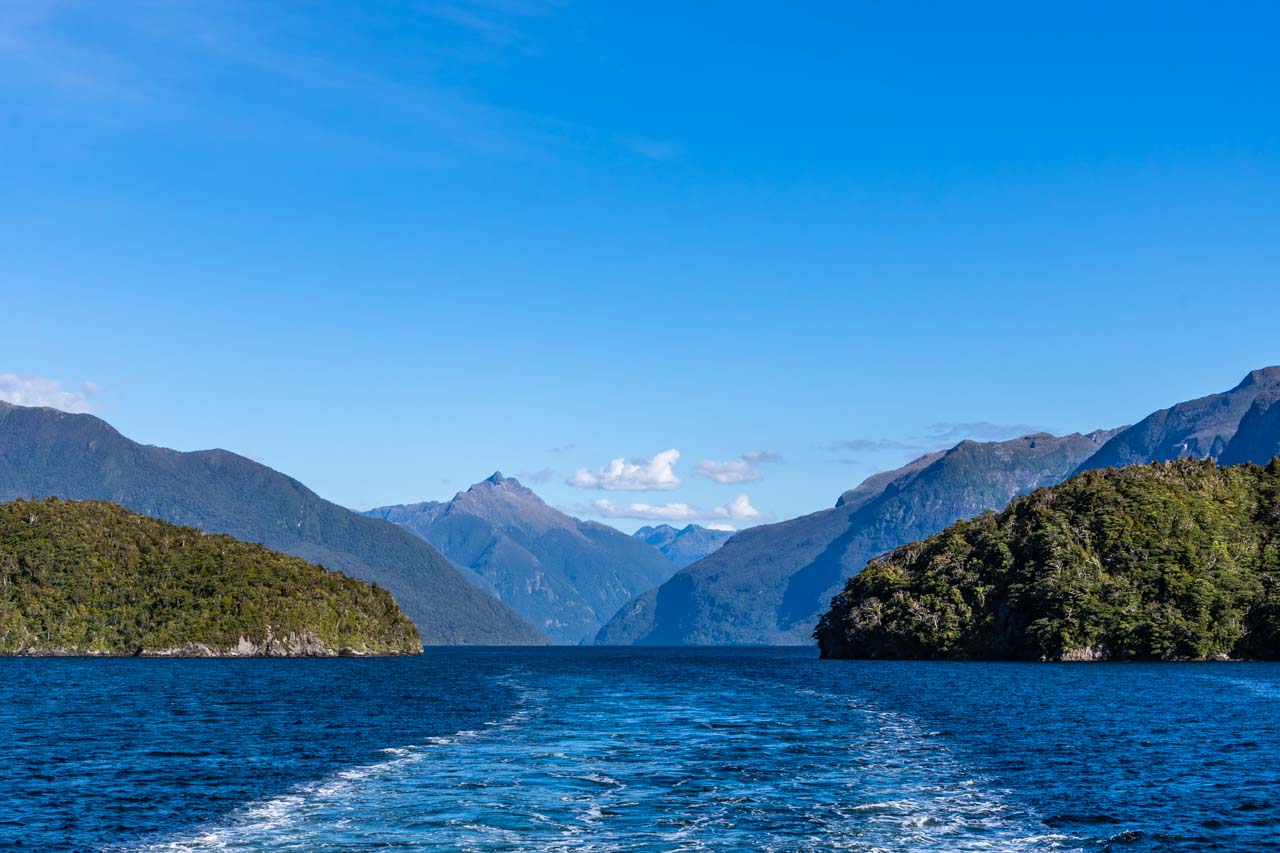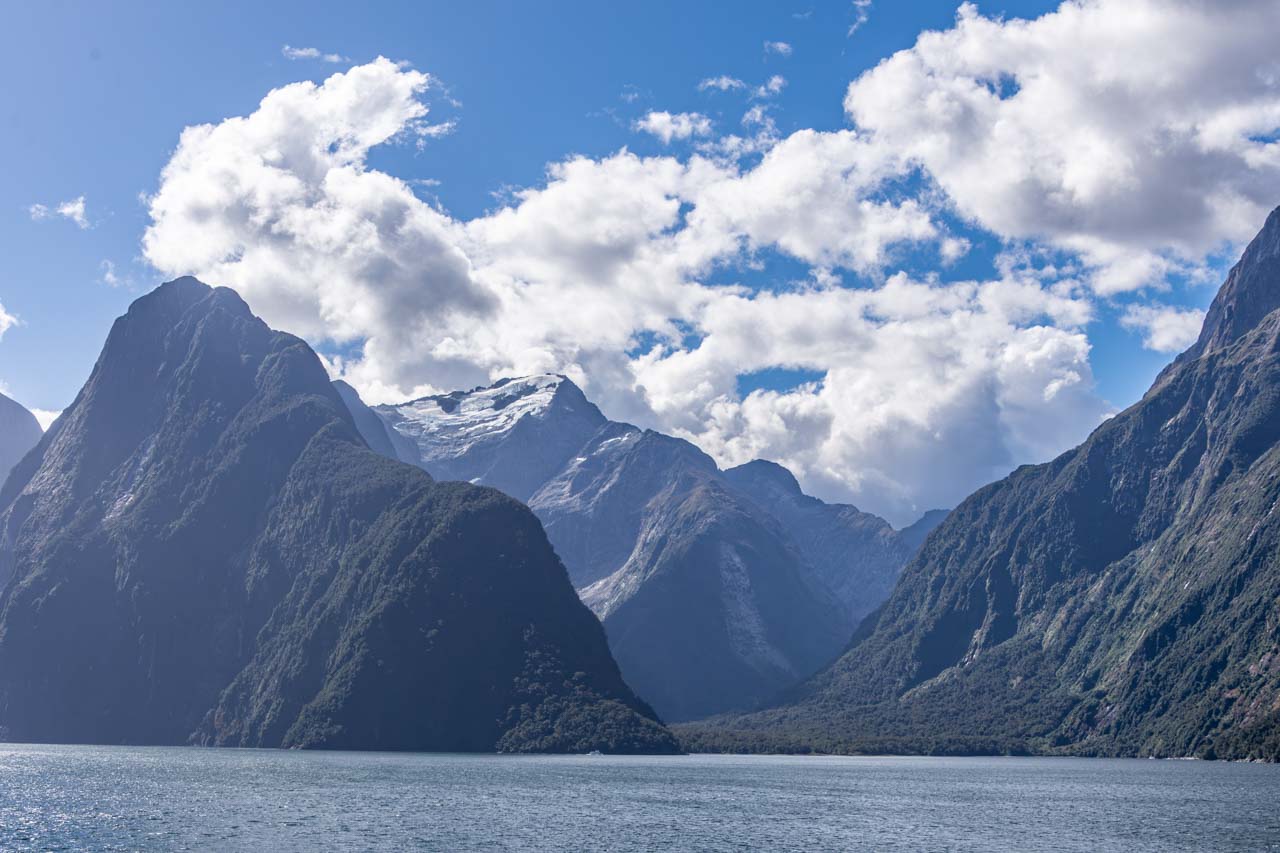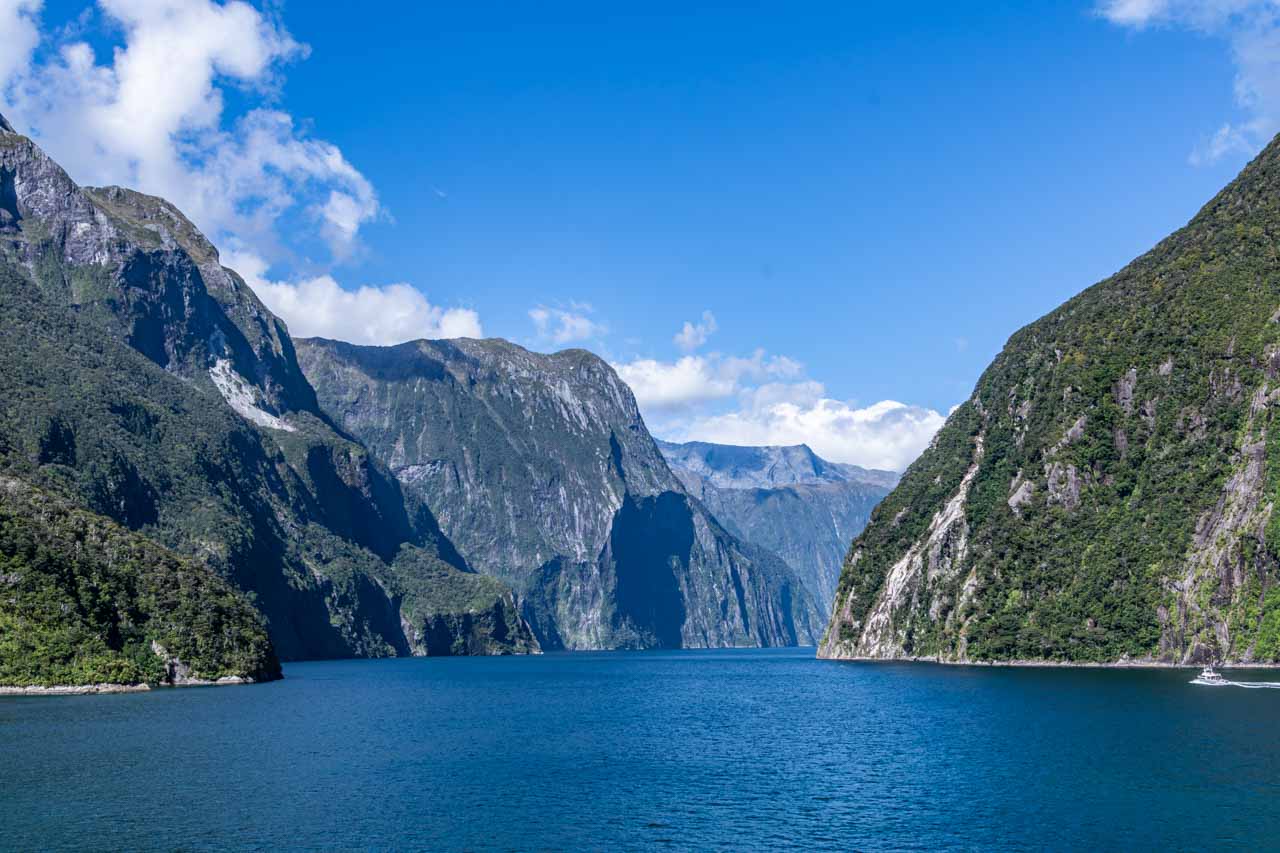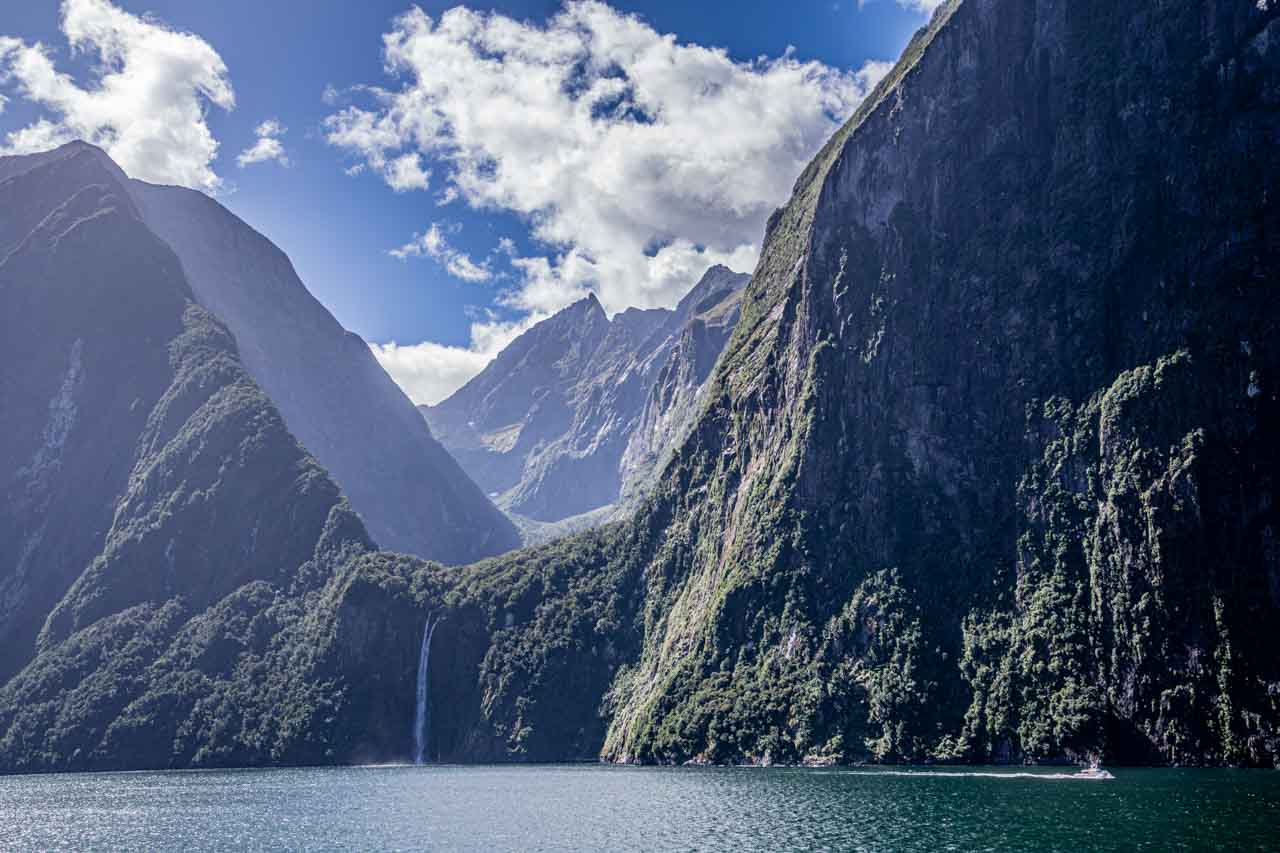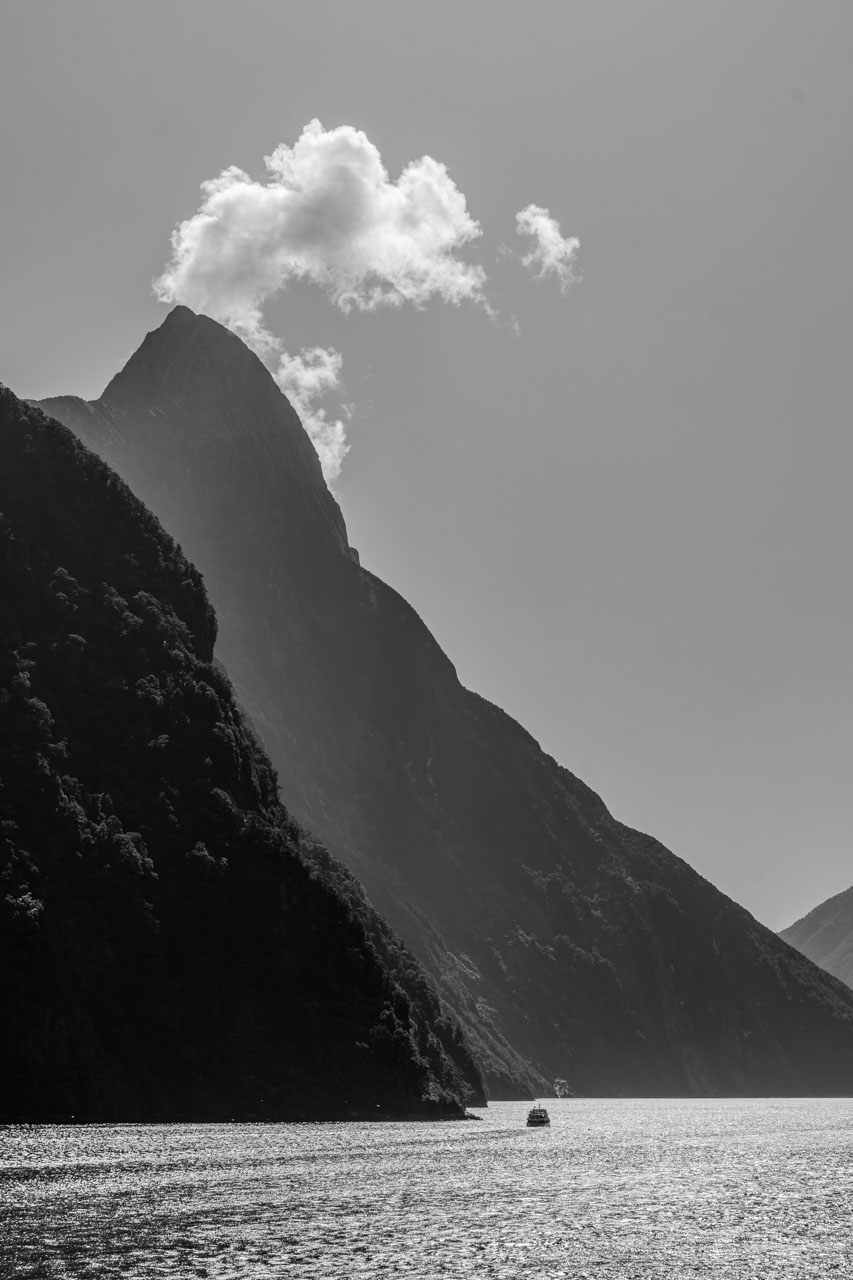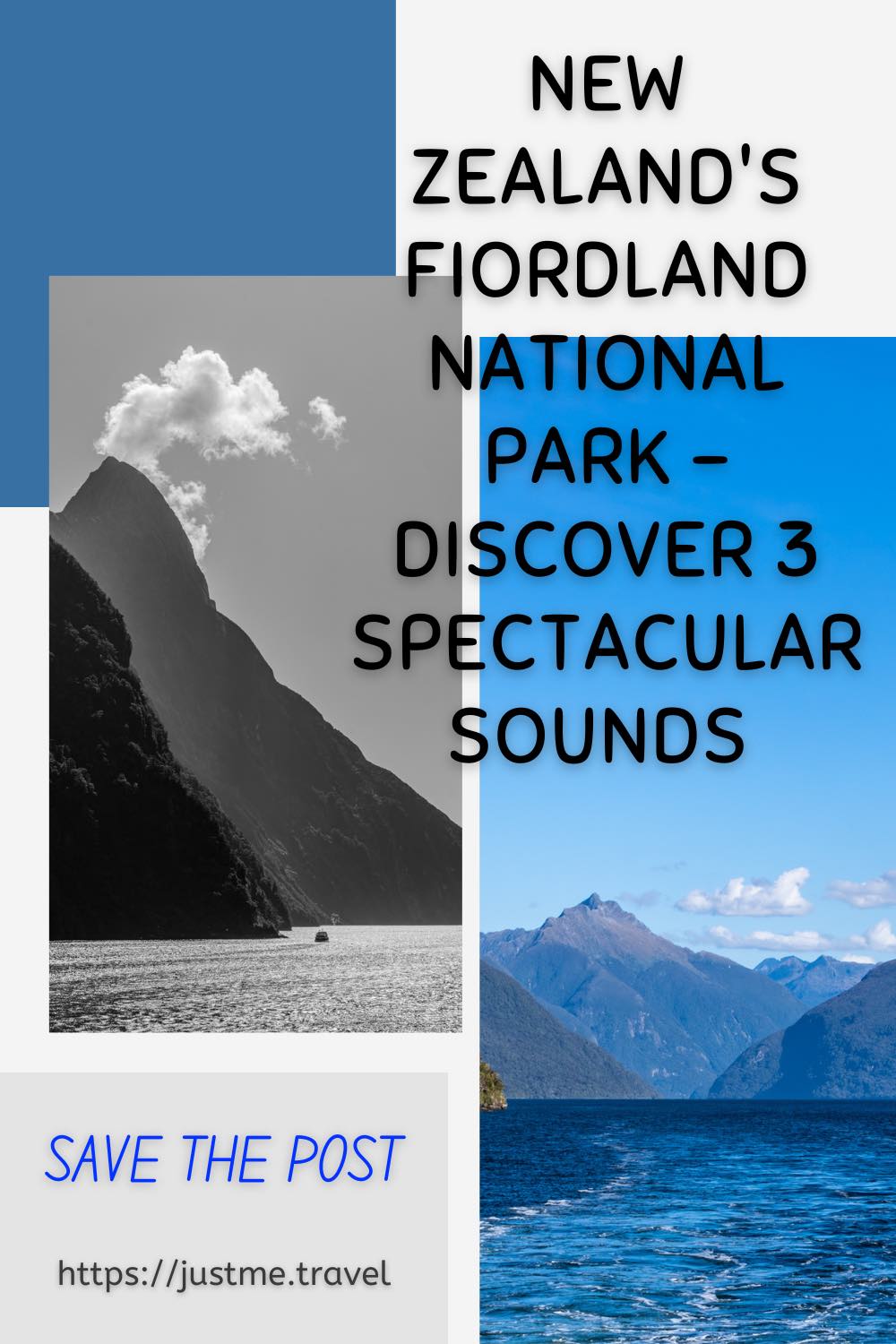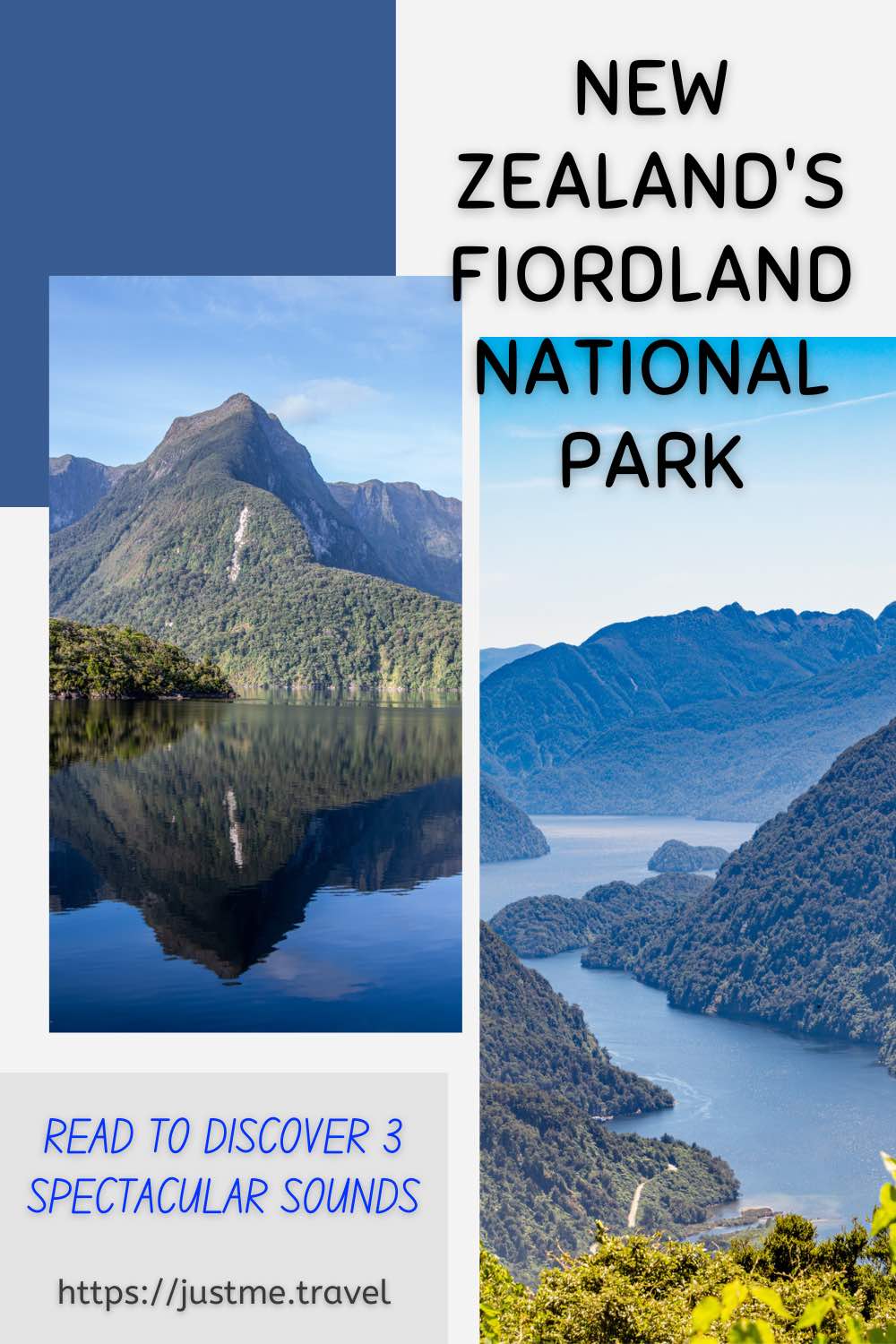Join Me on a Visual Journey Through the Awe-Inspiring Sounds of Fiordland National Park, a Place Where Nature’s Grandeur and Serenity Intertwine. On two recent trips to New Zealand…
Join Me on a Visual Journey Through the Awe-Inspiring Sounds of Fiordland National Park, a Place Where Nature’s Grandeur and Serenity Intertwine.
On two recent trips to New Zealand (Aotearoa), one by land and one by sea, I was fortunate to have cruised three spectacular sounds (fiords) in Fiordland National Park – Dusky Sound, Doubtful Sound, and Milford Sound. New Zealand is one of only a few places where you can see the spectacular sight of glacial-fed fiords.
My land trip involved a convoluted journey to the included overnight, scenic cruise on Doubtful Sound. But my sea trip was a cruise on a large ship, where we sailed in and out of Dusky Sound, Doubtful Sound, and Milford Sound from the Tasman Sea.
In this post, I focus on my photographs of the three sounds because, as the saying goes, a picture paints a thousand words. I feel no amount of words will do justice to the breathtaking natural beauty I experienced of Dusky Sound, Doubtful Sound, and Milford Sound.
Fiordland National Park
The Māori name for Fiordland is Te Rua-o-Te-Moko.
Fiordland National Park is located in the southwestern corner of New Zealand’s South Island. At over 1.2 million hectares and covering nearly 13,000 square kilometres, it is New Zealand’s largest national park.
Fiordland National Park is a place of extraordinary beauty, and it is home to glaciers, majestic alpine ranges, lakes, rainforests, unique flora and fauna, and 14 sounds (fiords). Dusky Sound, Doubtful Sound, and Milford Sound are three of the park’s most significant fiords.
You will have noticed I jump between ‘sound’ and ‘fiord’, and both terms are correct. However, Dusky Sound, Doubtful Sound, and Milford Sound are actually fiords as they are glacier-carved valleys filled by the sea rather than river valleys flooded by the sea. British explorers misnamed them as sounds, and the name has stuck!
Dusky Sound
The Māori name for Dusky Sound is Tamatea.
Dusky Sound is remote and accessible by air and sea only. It is the largest of Fiordland’s 14 sounds at 40 kilometres long and eight kilometres wide at its widest. Several islands lie in the sound.
Dusky Sound is an area of stunning landscapes, with craggy mountains and hundreds of waterfalls cascading into the sound during winter (June-August) when there are higher rainfalls. It is a wildlife wonderland with seals and dolphins often sighted in the sound.
We sailed into Dusky Sound at 8.30 in the morning, with the clouds still rising above the mountains. Dusky Sound was my favourite of the three sounds as I found it to be the more dramatic. That it revealed itself only slowly added to the drama.
A visual journey through Dusky Sound
Doubtful Sound
The Māori name for Doubtful Sound is Patea, meaning “the place of silence”.
Doubtful Sound is the deepest (421 metres) and one of the longest (40 kilometres) of South Island’s fiords and has three arms. Doubtful Sound is a pretty waterway with its rugged landscape, verdant rainforest, and cascading waterfalls. Wildlife includes fur seals and penguins, and it is home to a permanent pod of about 70 bottlenose dolphins.
Doubtful Sound is remote, and there is no direct road access. Your only way of getting to Doubtful Sound is a bit of a journey but an adventure in itself. Starting at Pearl Harbour wharf in Manapouri, you take a cruise across Lake Manapouri to West Arm (about 50 minutes), then travel by coach over Wilmot Pass (671-metre-high) to Deep Cove in Doubtful Sound, where you board your scenic day or night boat cruise. On the drive over Wilmot Pass, the coach stops at a vantage point for a magnificent view of Doubtful Sound below. The total time travelled from Manapouri to Deep Cove is nearly two hours. There is no settlement at Deep Cove, but it is home to a small fishing fleet.
I first experienced the remote wilderness of Doubtful Sound on an overnight cruise on the three-masted Fiordland Navigator, taking the journey described above to get to the ship. On our second day, the ship stopped the engines for 10 minutes of silence to honour Doubtful Sound’s Māori name and listen to nature.
My second trip along Doubtful Sound was aboard a cruise ship, entering the fiord from the Tasman Sea.
A visual journey through Doubtful Sound
Milford Sound
The Māori name for Milford Sound is Piopiotahi.
Milford Sound is 16 kilometres long, with sheer cliffs and waterfalls to rival some of the world’s tallest. It is the only fiord accessible by road (around 5-6 hours from Queenstown and about three hours from Te Anau) and the most popular. You can stay in Milford Sound, with accommodation options ranging from Airbnb to a public lodge.
Milford Sound is known for the towering Mitre Peak, so called because it resembles a bishop’s mitre. The fiord is home to dolphins, fur seals, and penguins.
The naturalist onboard the Fiordland Navigator commented that Milford Sound is the most touristy of Fiordland National Park’s fiords but the most beautiful. You be the judge! Perhaps the lack of tourists in Dusky Sound and Doubtful Sound appealed to me the most. Somehow, they felt more untouched. But who am I to say? The British writer Rudyard Kipling visited Milford Sound in the 1890s and declared it ‘the eighth wonder of the world’.
A visual journey through Milford Sound
No trip to New Zealand is complete without exploring Fiordland National Park and the spectacular sight of glacial-carved fiords.
I hope these photographs have transported you to a land of untamed beauty, leaving an indelible imprint on your senses with a desire to discover for yourself. Fiordland’s sounds are a testament to the power and harmony of the natural world.
Disclaimer: This post contains no affiliate links. All views and opinions are my own and non-sponsored. All photos are my own and remain the copyright of Just Me Travel.
© Just Me Travel 2018-2022.
If you could only visit one of New Zealand’s sounds (fiords) in Fiordland National Park and getting there was no barrier, which sound would you choose and why? Leave a comment below.
Like this post? Save it for later!
Author’s Note: Please check the latest travel restrictions before planning any trip and follow government advice.
You might also like
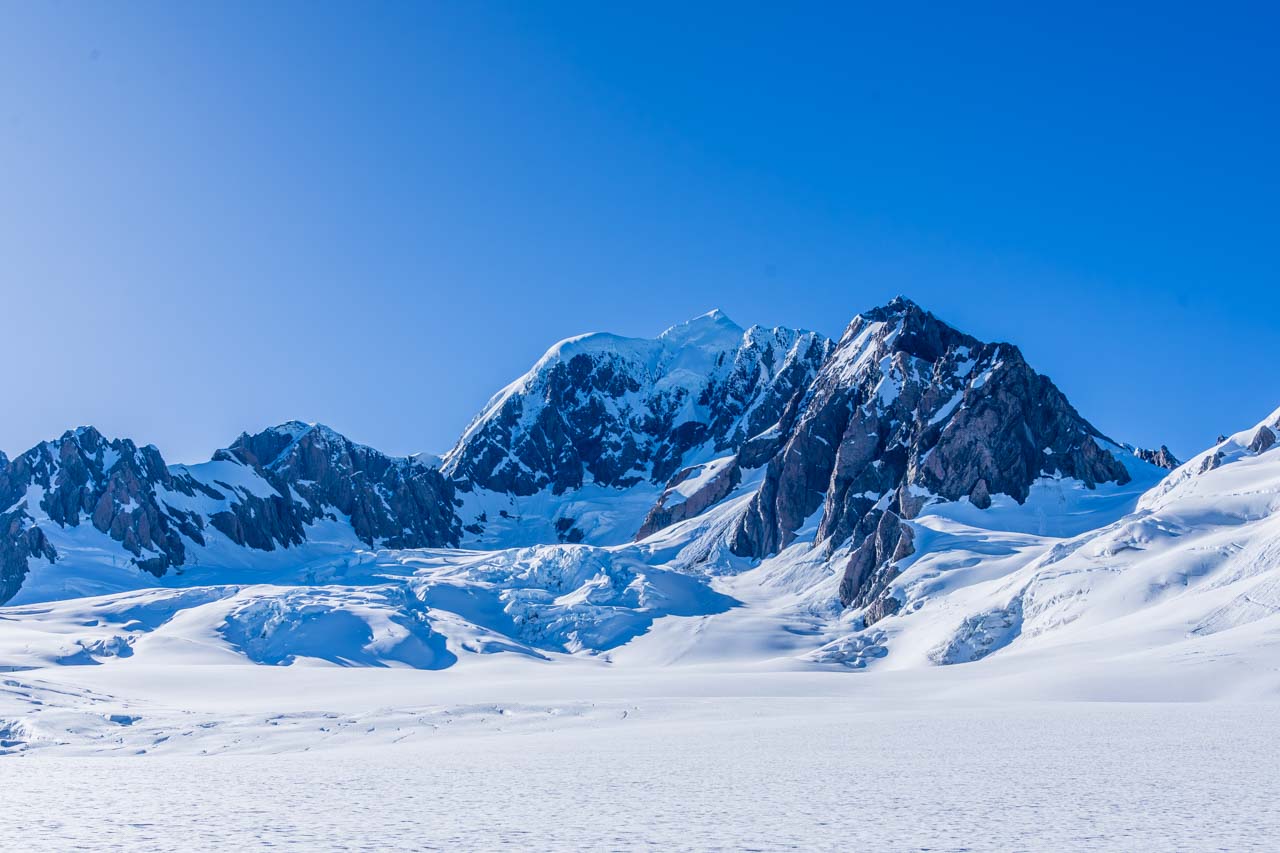 HOW TO LAND ON A GLACIER IN NEW ZEALAND’S STUNNING SOUTHERN ALPS. Climb aboard a helicopter for a scenic flight over Fox and Franz Josef Glaciers and experience a snow landing on Franz Josef Glacier.
HOW TO LAND ON A GLACIER IN NEW ZEALAND’S STUNNING SOUTHERN ALPS. Climb aboard a helicopter for a scenic flight over Fox and Franz Josef Glaciers and experience a snow landing on Franz Josef Glacier.

